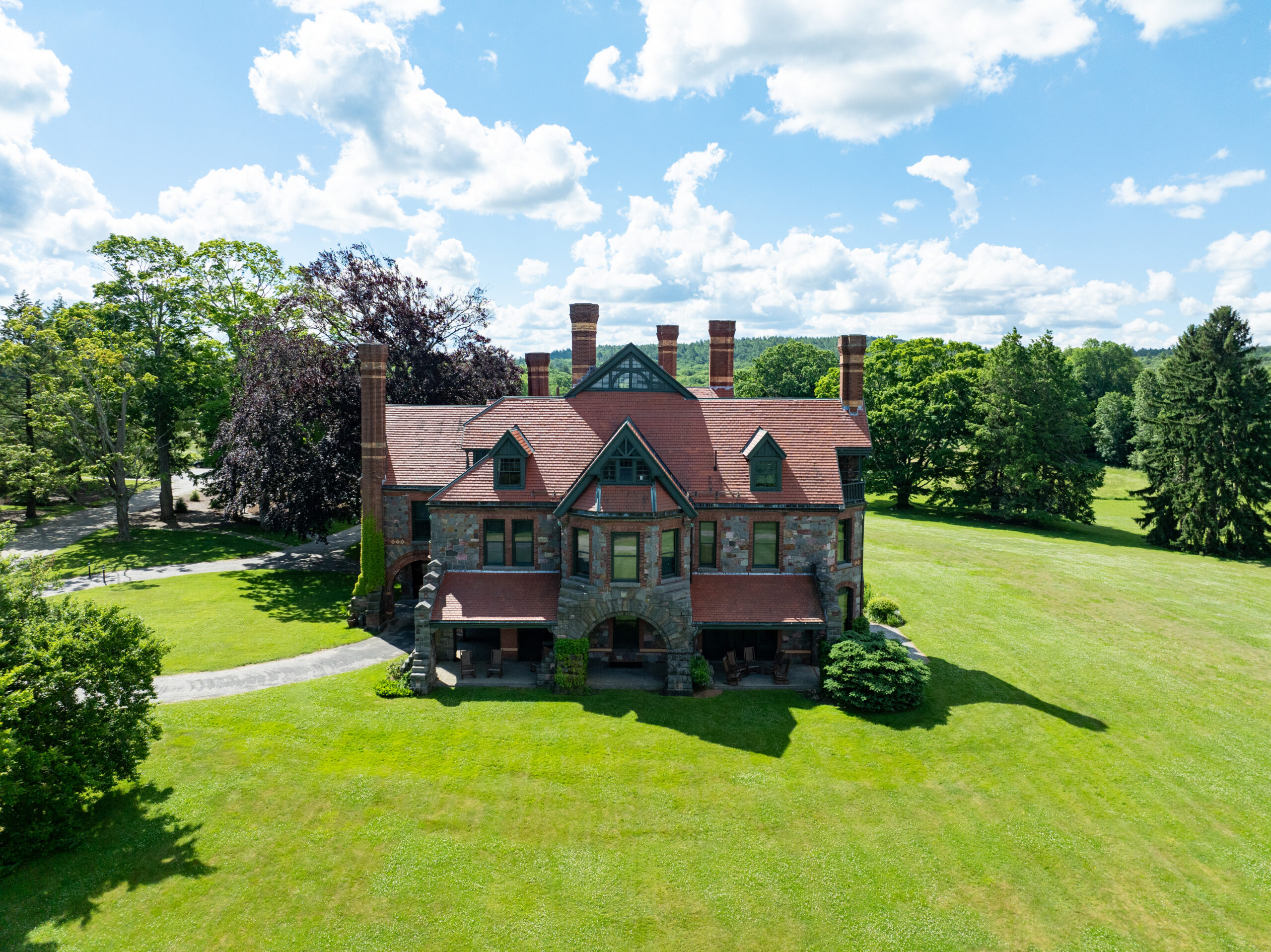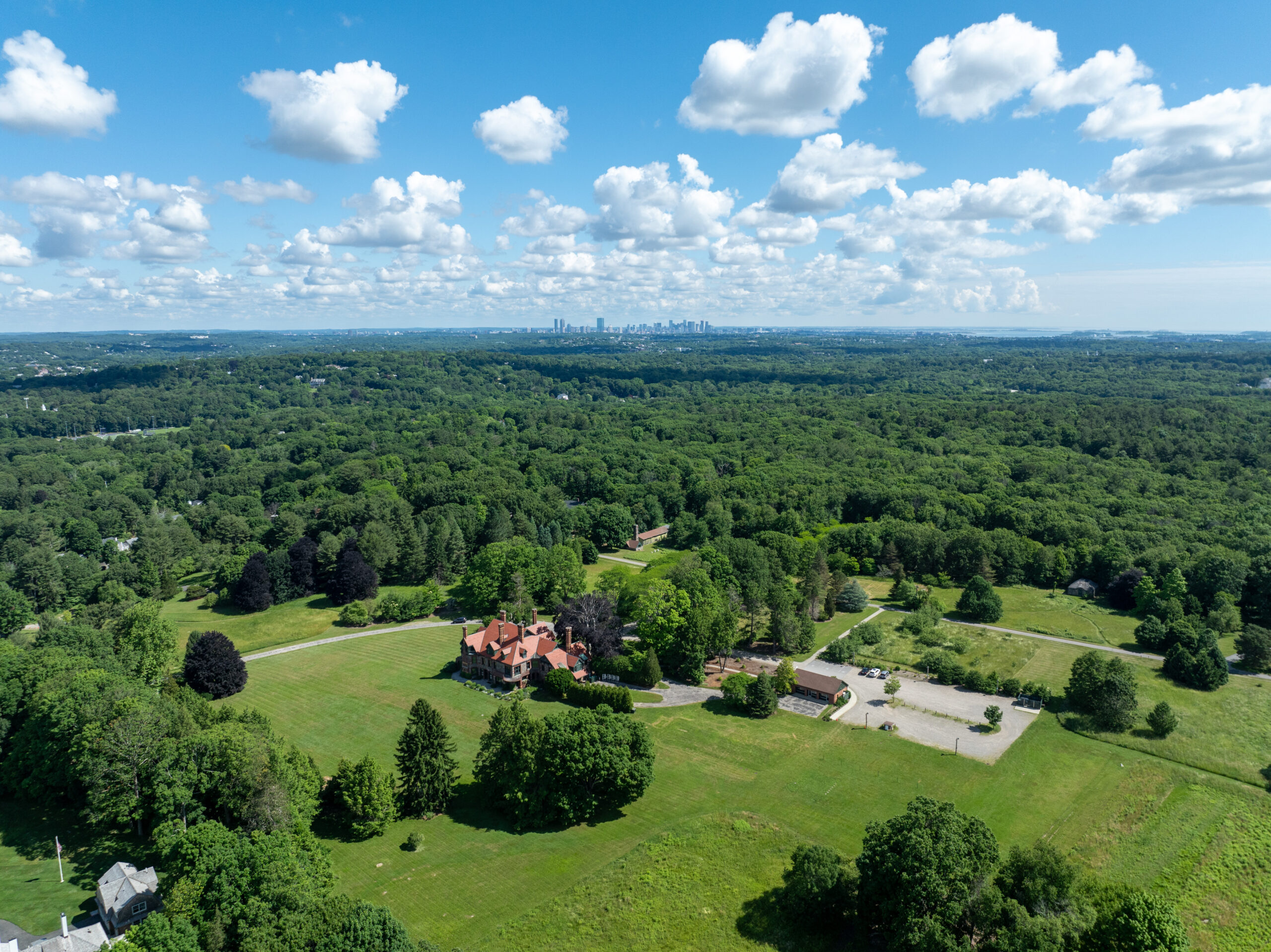
1
Story Information
2
Share
Share Link
Spread the word on your favorite platforms.
Story Statistics
2,345 Reads
80 Shares
320 Likes
Related Stories

1 year ago
A call for nominations for 2024 Prize for Collecting Works on Paper
This is the fifteenth year Historic New England will award the Prize for Collecting Works on Paper. The annual prize was established to honor collectors or dealers who have assembled or helped save significant collections related to New England and its assorted communities or the nation.
Previous award winners show a wide-ranging group of collections – from candy wrappers to carousel-related ephemera, from documents sharing New England town and city histories to tattoos, Shaker culture, and more. The common thread is the passion these collectors have for sharing the information and objects they so enthusiastically accumulate.


Nominations are due by Tuesday, September 3, 2024, by 5:00 p.m. Submit your nomination today.
Nominate a Collector TodayView a list of previous prize winners.
Media Contact: Susanna Crampton, [email protected]

1 year ago
Good Things Come in Trees at the Eustis Estate


When is the best time to plant a new tree? Ask any tree lover, and they might dig into the particulars of soil temperature, precipitation patterns, and hardiness zones. Or – they might wax philosophical. “The best time to plant a tree was twenty years ago,” says a favorite proverb of landscape architects, “and the second-best time is now.”
Now is the moment at Historic New England’s Eustis Estate, where the majestic 80-acre landscape includes fields, forests, and dozens of specimen trees, all cared for year-round by our dedicated landscape staff. In recent years, their work has increasingly contended with the effects of climate change, including extreme weather patterns, diseases, and pests. Of particular concern is the Eustis Estate’s hemlock grove: a mid-twentieth-century addition to the Ernest Bowditch-designed grounds that towers above the landscape and provides dense, comfortable shade on hot summer days. Drought and other stressors have impacted the grove, leading to the removal of seven hemlocks since 2017.
Without these trees, the historic character of the landscape is noticeably diminished—and the ecological impact of their loss could be even more profound. Eastern Hemlocks are native to eastern North America and are noted for their size (60-70 feet, typically) and incredibly long lifespans (hundreds of years). As giant supercentenarians, they are remarkably effective at capturing and storing carbon dioxide from the atmosphere, giving them a crucial role in the battle against climate change.
But all Eastern Hemlocks are threatened, especially by prolonged drought conditions and by the hemlock woolly adelgid, an invasive insect that feeds on the trees and often kills a hemlock within a few years of infestation. A dying hemlock tree releases its stored carbon back into the atmosphere—by the ton, depending on the tree’s age and size—exacerbating the climate conditions that impact us all and allow the woolly adelgid to thrive.
Last month, Historic New England completed a planting program at the Eustis Estate to restore the hemlock grove and improve the health and appearance of historic planting beds. Thirteen new trees were planted, including twelve hemlocks. Replacing the lost hemlocks in-kind both perpetuates a historic landscape feature at the site and supports Historic New England’s climate action goals. As the young trees grow, they will absorb carbon from the atmosphere and store it in their trunks and branches—up to two tons of it over the course of their lifespans! And to ensure that they thrive, the new trees and the surviving mature hemlocks in the grove will receive annual preventative treatments against wooly adelgid infestation.
The project also included planting two hundred Eastern Hay-Scented Ferns as groundcover within the hemlock grove and in adjacent planting beds. Like the Eastern Hemlock, the Hay-Scented Fern is native to New England and found throughout the Northeast. The fern grows from one to three feet tall, and spreads thickly in dense colonies. As they spread, the planted ferns will inhibit the growth of weeds and other invasive plants.
Completing this project has immediately rejuvenated the Eustis Estate landscape, but its lasting impacts will go far beyond appearances. We look forward to caring for these plantings to ensure that they thrive, mature, and yield long-term environmental benefits.
Written by Katherine Pomplun, Institutional Giving Officer
Landscape restoration at the Eustis Estate was supported by a Destination Development Capital Grant from the Massachusetts Office of Travel and Tourism.